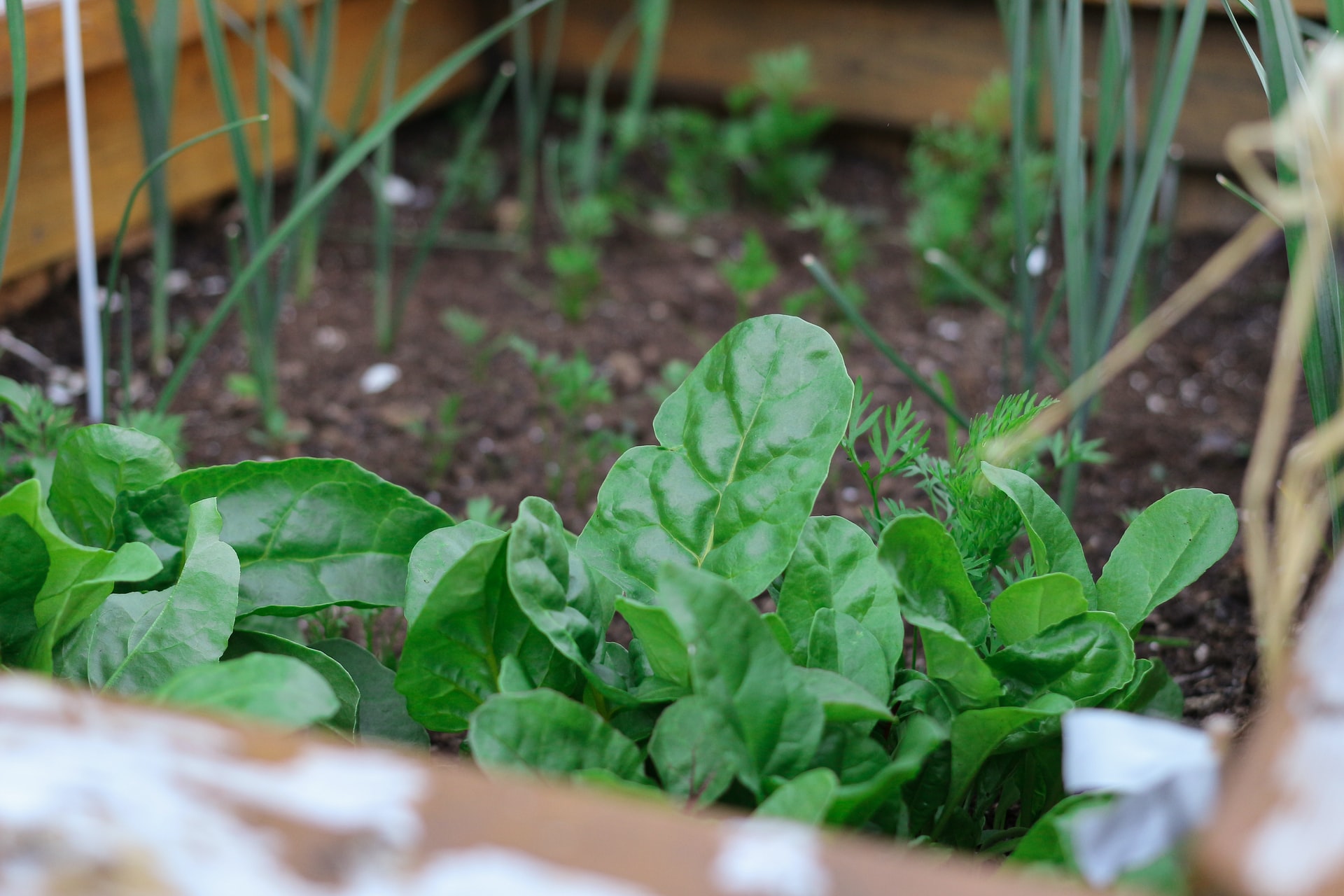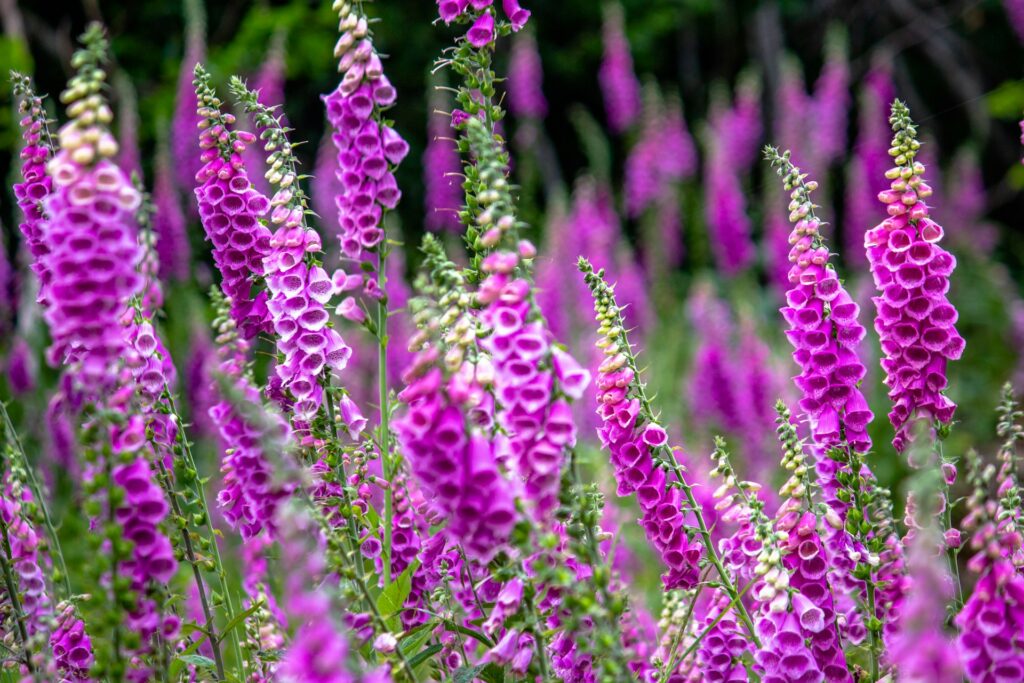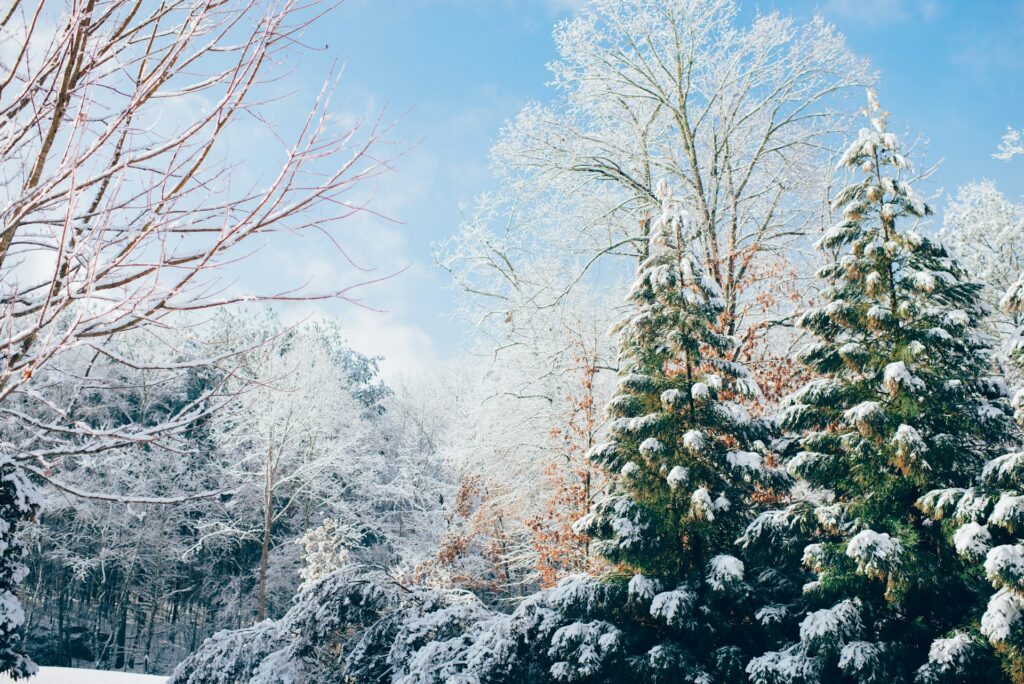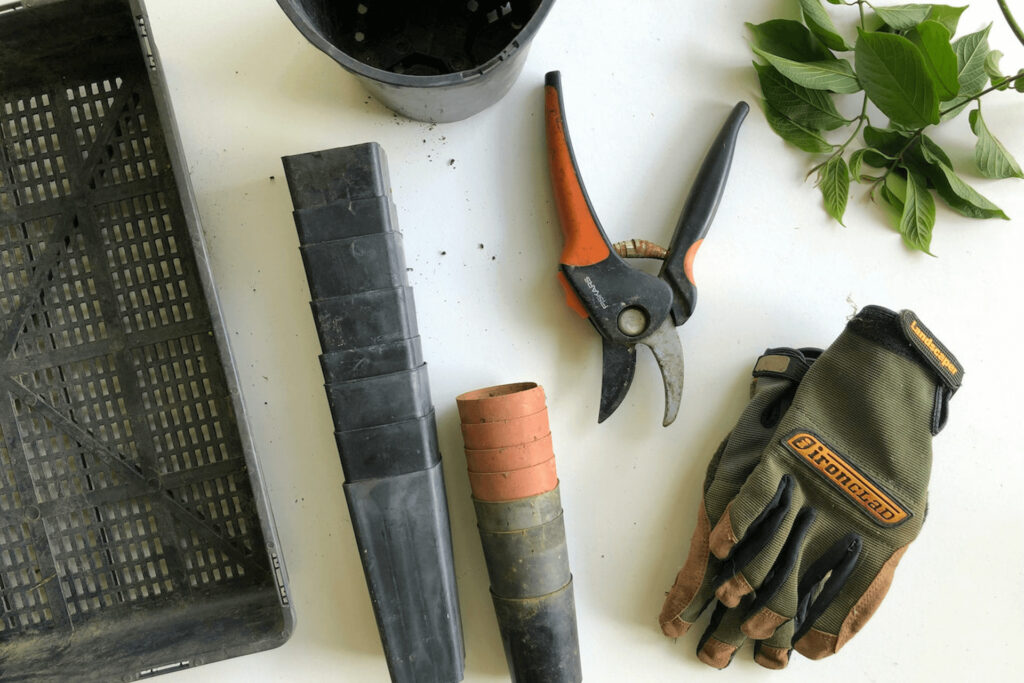
We are reader-supported. When you buy through links on our site, we may earn an affiliate commission.
When frost and falling leaves begin to threaten your garden, it’s time to begin bracing for the colder months ahead. Gather your final harvest and kiss your beloved annuals goodbye. It’s time to take action and start preparing your garden for next season.
1. Remove Weeds and Debris
One of the first things you should do to prepare your garden for next season is remove all weeds and debris. Besides looking untidy, weeds can harbor disease, insects and fungus. If they manage to spread these plights to neighboring plants, you’ll be left with a dead and rotting garden when spring rolls around. Removing empty pots, garbage and other debris can also ward off pests and improve your garden’s aesthetic appeal.
2. Prune Perennials
While you’re down on your hands and knees clearing your garden, you might as well take a pair of pruning shears to the perennials. Cutting old foliage back now will protect them from the cold and support healthy regrowth in the spring. Not all perennials require pruning however. Be sure to research each plant’s care requirements before cutting anything back. For example, columbine appreciates pruning in the fall, but butterfly weed relies on old foliage to protect it during winter.
3. Relocate Annuals
Winter typically brings an end to the annual flowers you’ve enjoyed all summer. However, if you’d like to save some money on next year’s gardening haul and save your plants, you could bring some varieties — like fibrous begonias and impatiens — inside until spring. Remove them from your garden before the first frost, repot them and then place them inside your greenhouse or home. When spring arrives, you may replant them outside.
4. Add Organic Matter
Fall is the perfect time to add organic matter like humus, compost and manure to the soil. The nutrients from this matter aren’t immediately available to plants, so giving them time to break down and enrich the soil during the winter months is a smart move. When warmer weather returns, your plants will already have a head start on the growing season. Cover the area after applying the organic matter to prevent rain and snow from washing it away.
5. Replenish Mulch
After the first heavy frost, you might also add a layer of mulch to your garden to maintain soil temperatures, reduce water loss and protect the soil from erosion. Applying a few inches of mulch will also ease a plant’s transition into winter, buffer against harsh frosts and better protect roots and tubers. Moreover, as the mulch decomposes, it will add nutrients to the soil in much the same way as organic matter.
6. Plant Cover Crops
Cover crops can also provide protection from harsh winters, choke out weeds and improve the soil. Clover, wheat, alfalfa, vetch and legumes are excellent cover crops. Plant them early enough for them to establish roots before cold weather arrives. Additionally, if your vegetables are still producing a harvest but you’d like to plant cover crops proactively, plant them between the rows. Harvest and till under this living mulch in the spring.
7. Rebuild Your Compost
If you think chilly mornings and nippy winds signal the end of your compost heap, think again. Odds are the compost that’s been sitting in your bin all summer is incredibly rich in nutrients from which your garden could certainly benefit. Apply a thin layer to the soil or even your lawn to address deficiencies and nourish your plants. Then, refill your bin with leaves, kitchen scraps and other green matter and insulate it against the incoming cold front.
8. Clean and Organize Tools
Most gardeners know to keep their trowel, weeder and tiller clean and sharp during planting and growing season. However, they can easily gather dirt and become dull in the busyness of buying plants, harvesting vegetables and battling hungry insects. Therefore, it’s best to spend some time washing and organizing your tools. Lightly coat them in machine oil to prevent rust, then store each one with care so you can easily locate them next spring.
Rethinking Next Season’s Crop
As you clean, repot, fertilize and organize your garden, reflect on which plants — edible and non — performed well this past season. Maybe your tomato plant generated a massive harvest while your zucchini plant only yielded a few squash. Consider switching out underperforming varieties with ones that would thrive in your garden environment.
Likewise, if you battled pests, excessive sunlight or too much shade this summer make some changes to improve plant growth next season. Trim trees or plant more depending on your garden’s needs and put up fences to ward off rabbits and mice. Do as much as you can now while the weather is still decent. Take all of this into consideration as you begin preparing your garden for the next season. Your future self — and your plants — will thank you.










